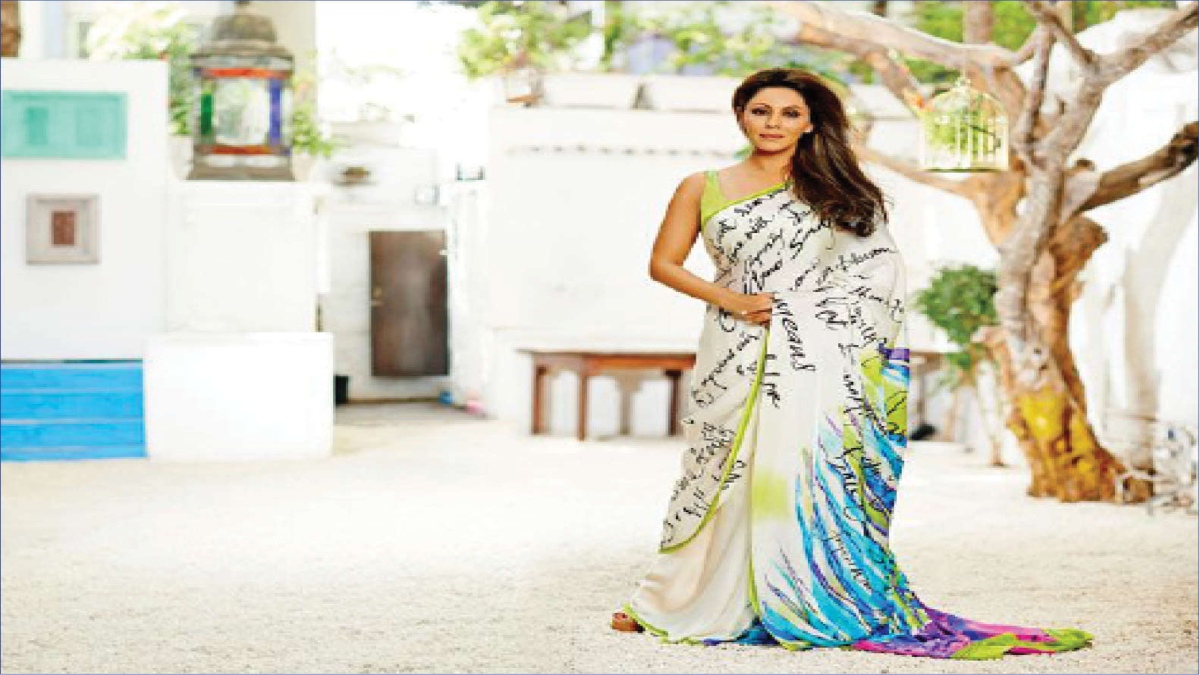


T hey say a free spirit never dies, it simply soars away. Blending into the clouds as seamlessly as the drape form that personifies the notion of India. Satya Paul, the designer who gave the sari a new avatar in the 1980s, elevating it forever from its tad dowdy image, was one such free spirit. He passed away on 6 December, nestled at his ‘heaven on earth’ spot: The Isha Ashram, Coimbatore, Sadhguru and his family by his side. And with him passed a generation of aesthetic souls who approached design through spirituality, who questioned existential angst, and expressed a sense of freedom that far surpassed reality. In fact, they celebrated fantasy and a fantastic world full of mystical surprises.


The fashion fossil that I am, I had the good fortune of interacting closely with the designer in the early 1990s. I was the bureau chief of India’s leading glossy Society Magazine and Satya Paul the proverbial talk of the town. For he was, from his attic like studio in South Extension, making a fashion tsunami with his unpredictable saris, all printed on crepe de chine with bold geometrics, typography and floral designs with a flourish. Miles apart from what then prevailed in the name of a sari, namely, the cottons from Calico, the floral from Garden Vareli and the Manchester floral that stylish women of Mumbai and Delhi never had enough of. Crepe was a fabric that was just about making its way as a sari in a world inhabited either by chiffon or glass nylons. And in his hands the fabric derived a new meaning. Especially when he worked with the notion of the Chandra Bindu and did to saris and the polka dot what art maestro S.A.H. Reza did to art.
Nothing about him was predictable, corrigible or decipherable for the humble mind. He was the first real disruptor to arrive on the Indian fashion horizon, changing the image of the sari forever. He also showed the world the art crafting a couture brand from scratch. Meanwhile, all this time all he actually sought was a spiritual moment with his guru, Osho Rajneesh. Drifting towards U.G. Krishnamurti in the 1970s, he was, at the time I met him, a frontrunner in the Osho wave. Talking of conservation, climate change and population control.
The funny incident being that, when I met him first, 6 months pregnant with my middle one, he swiftly got up, his eyes piercing at me and pulled out a dark sari with a short line emblazoned on its pallu: Make love, not Babies. I recall telling him: Too late for this, boss. In another incident I planned a shoot with a supermodel-turnedactor who was slated to shoot post-lunch for us in his sari. She arrived at his studio, a little shy, hesitant and a bit taken up by his maverick persona. She was all set to pose for a shoot when he swooped down on her, re-draped the sari on her, and while doing that told her, “No onions at lunch before a shoot next time!” With this short sentence he broke the ice and they were laughing.
When one would meet him he spoke of everything but fashion. His favourite line which got stuck in my mind forever being that design was the byproduct of a thinking mind. A mind that not just thought but also questioned the very fabric of existence. Speaking with his son Puneet early this week, the one thing that got stuck in my mind was how India saw the rebirth of the sari, by far a free form of drape and how, symbolically, its creator too has liberated himself from the physical bond of life. He went in peace, leaving Puneet and the family rejoicing the fact that this was a life well lived whilst on earth. Today the Satya Paul sari and brand might be held tightly in the hands of corporates who spend half their time playing excel sheet Olympics, but let’s not forget when born the Satya Paul sari was truly a free-flowing drape.